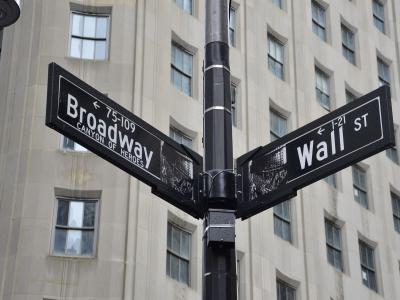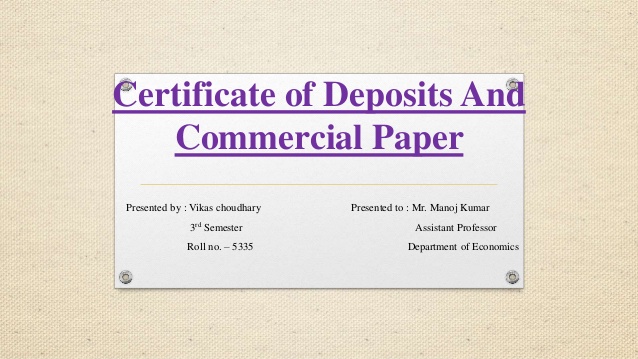Contents
Suppose you are bullish on Nifty, currently trading 10,500, and expecting a mild rise in its price. You can benefit from this strategy by buying a Call with a Strike price of 10,300 at a premium of 170 and selling a Call option with a strike price 10,700 at a premium of Rs 60. The net premium paid here is Rs 110 which is also your maximum loss. One can enter a more aggressive bull spread position by widening the difference between the strike price of the two call options. However, this will also mean that the stock price must move upwards by a greater degree for the trader to realise the maximum profit. The maximum risk of the bullish call spread is limited to the total premium paid in buying a low strike price call.
- Maximum loss is unlimited if the stock price exceeds the break-even point above the short calls.
- If the option’s strike price is near the stock’s current market price, the premium will likely be expensive.
- Purchasing additional long call options converts the call ratio spread into a bull or bear call spread, depending on the outlook for the security at the time of the hedge.
This is some which merely buying or writing call options individually cannot achieve. A bear call spread is somewhat similar to the risk-mitigation strategy of buying call options to protect a short position in a stock or index. Maximum gain and loss are limited if the stock price falls below the long call option. All contracts would expire worthless, and the premium paid or received at entry will remain for a profit or loss. Maximum loss is unlimited if the stock price exceeds the break-even point above the short calls.
Unlike the bull call spread, the bull put spread doesn’t need the underlying security to decline in order to show a profit. In fact, the underlying security can oftentimes trade flat and still leave the bull put spread profitable. Further, the underlying asset can actually decline in price at times and still leave the the bull put spread profitable. A call spread or bull call spread, long call spread, or vertical bull call spread is an options strategy that involves buying a call and simultaneously selling a call. This strategy is meant for those that want to capture gains in a stock that is trending upwards but not rapidly ascending upwards. The bear call spread is a suitable options strategy for generating premium income during volatile times.
If the stock moves below $45, both options will be in the money, and you’ll make a profit. Your net profit will be the difference of premiums plus the difference of exercised put options. You can buy a call option at $40 with a premium of $1.0, and sell another one at $35 with a premium of $2.0. A collar, commonly known as a hedge wrapper, is an options strategy implemented to protect against large losses, but it also limits large gains. Gains are quite limited in this options strategy, and may not be enough to justify the risk of loss if the strategy does not work out.
The Payoff Graph:
I mostly trade covered calls with high quality stocks that I am comfortable holding for the long term. This way I can generate consistent premiums during normal market conditions. I’m talking about stocks like AAPL, MSFT, AMD etc which I am comfortable holding for the long term even if the markets take a crash. The call spread limits the amount of money you can make on the upside, but alsolimits the amount of losses on the downside. This is a very important difference to something like the covered call strategy which I will go into later. (e.g. because volatility is high, or it’s in the money with a lot of intrinsic value already priced in) then selling a call option can lower your cost basis.
It can be exited in multiple stages by closing the positions leg by leg depending on the direction in which the underlying stock price is moving. For executing this strategy you will need to pay full premium amount plus the margin for writing 1 lot of option. Generally speaking in a bull call spread there is always a ‘net debit’, hence the bull call spread is also called referred to as a ‘debit bull spread’. Given this you expect the stock price to react positively to the result announcement.
The maximum profit of this spread strategy is capped by the higher strike call sold if the price of the underlying rises to a level greater than that anticipated by the trader. A Christmas tree is a complex options trading strategy achieved by buying and selling six call options with different strikes for a neutral to bullish forecast. If the trader believes the underlying call spreads stock or security will fall by a limited amount between thetrade date and theexpiration date then a bear call spread could be an ideal play. However, if the underlying stock or security falls by a greater amount then the trader gives up the ability to claim that additional profit. It is a trade-off between risk and potential reward that is appealing to many traders.
When you get it right, you can make multiple times your initial investment but when you get it wrong, you can just lose everything. For the option spread strategies, there are essentiallyfour different strategies. It can get very confusing what the differences are between them so this table summarizes it all for you.
How do I choose the strike prices of my call spread and put spread?
As we can see the strategy payoff increases from -77 to -47 when the volatility increase from 15% to 30%. The following graphs show the profitability of the strategy considering the time to expiry and therefore these graphs help the trader select the right strikes. Usually, the Call Ratio Back Spread is deployed for a ‘net credit’, meaning money flows into your account as soon as you execute Call Ratio Back Spread. The ‘net credit’ is what you make if the market goes down, as opposed to your expectation (i.e market going up). On the other hand, if the market indeed goes up, then you stand to make an unlimited profit. I suppose this should also explain why the call ratio spread is better than buying a plain vanilla call option.
With the call spread, your downside is limited but your upside is also more limited as you are not purchasing 100 shares of the stock outright. This photo summarizes the differences between all 4 strategies with a side by side comparison of their payoff diagrams. This is of course not the same as similar spreads used with puts. However, if you are planning on using puts, here are the terms to be familiar with. As a reference, I hadnever soldoptions before getting into this strategy.
Probably the most popular of call spreads is a debit call spread known as “Bull Call Spread”. This is a bullish call spread that is commonly used for lowering the cost of buying call options, thereby extending return on investment . This is therefore a combination of “long call on strike 1 and expiration 1” with “short call on strike 2 and expiration 1”. A trader who is bearish on the market can take a bear call spread position. Contrarily, the trader can take a bullish call spread as well. Both of these spreads involve taking a long and a short position simultaneously with different strike prices.
You want to purchase a bull call spread on AMD because you think the underlying stock will rally . You want to capture some profit on the way up but want to minimize your risk if AMD went down in price. As I’ve already https://1investing.in/ achieved financial independence, I regularly withdraw from my portfolio of stocks enough to live the life I want. I also make sure I pay 0% in income taxes by taking advantage of the long term capital gains rate.
In the example above, your premium is $3 per share or $300 per options contract – the difference in price between the short credit and long call debit. Jorge is looking to utilize a bull call spread on ABC Company. He purchases an in-the-money call option for a premium of $10.
Example of a Bull Call Spread
After the “healthy” correction, kc touched the 100 day MA around 153 as indicated previously as a potential target. Furthermore, we are hitting the lower end of the trend channel . As vol softened during the sell off, threeways, selling put spread, buying call seem to be good long market, long vega strategies… Chart pattern along with price action/ candlestick momentum, indicates to me this can be a bullish entry. I will be looking to buy a credit spread at the open, to exit before Earnings as a safety/ risk management measure. This tutorial shall introduce the different types of popular call spreads and explore the logic and mechanism behind call spreads in options trading.
The gains in the stock’s price are also capped, creating a limited range where the investor can make a profit. Traders will use the bull call spread if they believe an asset will moderately rise in value. Most often, during times of high volatility, they will use this strategy. For starters, they’re first created by buying and selling options on the same underlying asset but at different strike prices.
How Does a Put Spread Work?
You should then be able to sell the ones that you own, and make a profit overall. Alternatively, you can simply let the options written expire worthless. Using the above example provided, we have shown below how this might work. The principle of how this spread can return a profit is relatively straightforward.
As the call and put options share similar characteristics, this trade is less risky than an outright purchase, though it also offers less of a reward. The broker will charge a fee for placing an options trade and this expense factors into the overall cost of the trade. So, buying one contract equates to 100 shares of the underlying asset. Should the underlying asset fall to less than the strike price, the holder will not buy the stock but will lose the value of the premium at expiration. If the share price moves above the strike price the holder may decide to purchase shares at that price but are under no obligation to do so.



